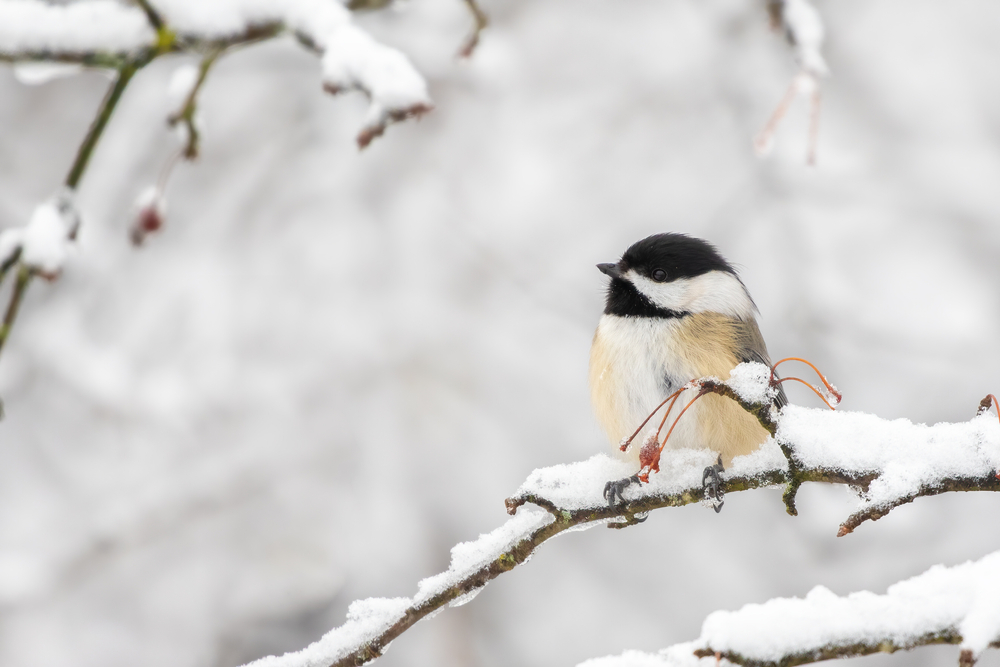December 2, 2022 at 11:22 am
As the days get shorter, temperatures drop, and snow begins to fall, how do you plan to spend the winter? Some of us will hunker down with the wood stove roaring, regular cups of hot cocoa (with marshmallows of course), cozy blankets, and a few good books to pass the time until spring. Others embrace the beauty and ruggedness of Maine’s winter season, enticed by the promise of exquisite landscapes and epic outdoor recreation.
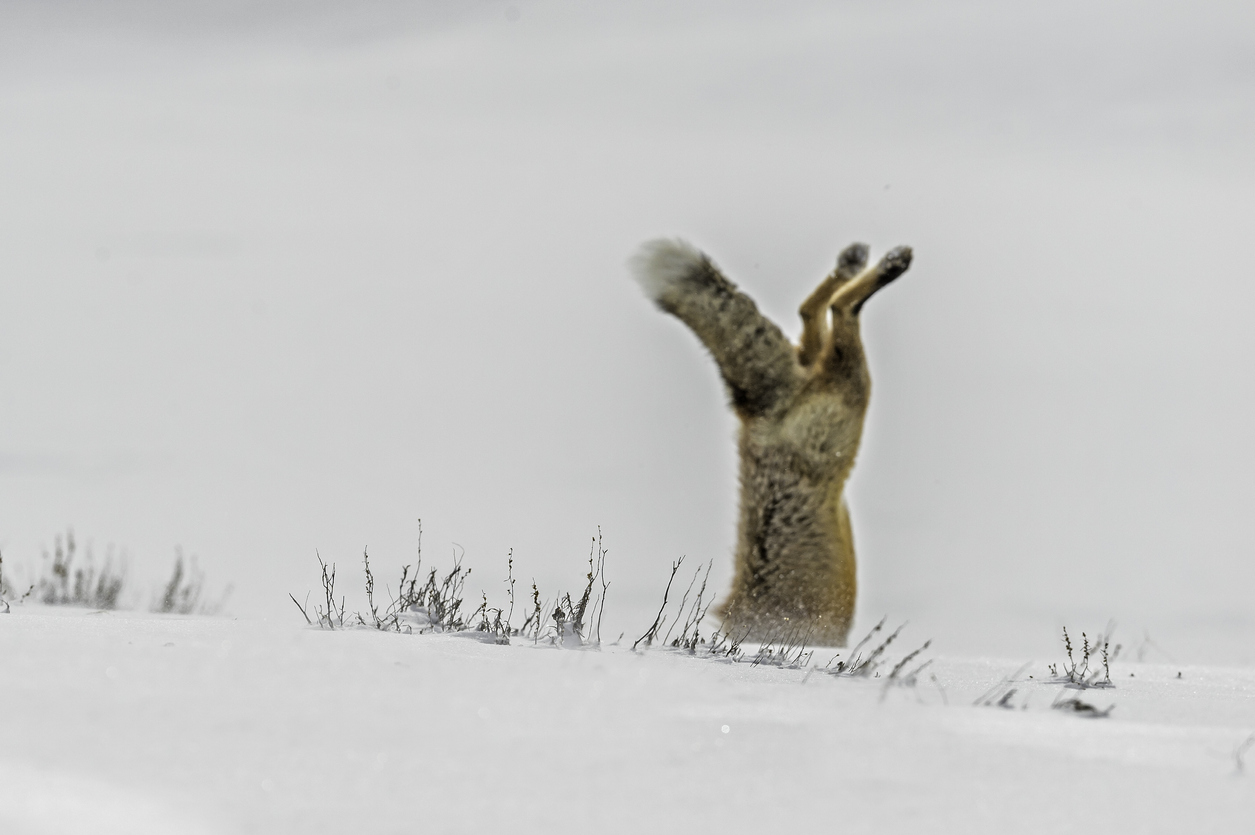
Still others simply avoid the cold dark months by trading snow-capped mountains and high heating bills for the sandy beaches and warm embrace of sunshine in the southern states. There’s a reason why people in this last group are nicknamed “snowbirds”. The name refers to some species of birds who make long-distance journeys each year, migrating south before winter begins. But not all Maine wildlife circumvents the lean months of winter. Just like people, wildlife uses several winter survival strategies. Many species secretively hunker down or actively endure the elements right alongside those of us who stay.
Bon Voyage!
Migration may seem like the easy way out, but it is an energetically expensive and perilous prospect for wildlife to make their way to wintering grounds. It’s an uncertain journey plagued with hazards like inclement weather, light pollution, loss of stopover habitat, collisions, and predation. But for the species who risk it all, benefits like safer temperatures, better food availability, and resources for reproduction outweigh the costs.
There are countless impressive migration routes from the nonstop flight of blackpoll warblers over the Atlantic Ocean to South America, to the daring trip of the ruby-throated hummingbird over the Gulf of Mexico to Central America. MDIFW is tracking several great blue herons to learn more about their migration routes. How wildlife knows when to migrate or where to go, and how they survive migration has long been a subject of scientific inquiry. There is evidence that wildlife detects environmental cues such as magnetic fields to navigate but the perplexities of how each species interprets these cues are still not yet fully understood.
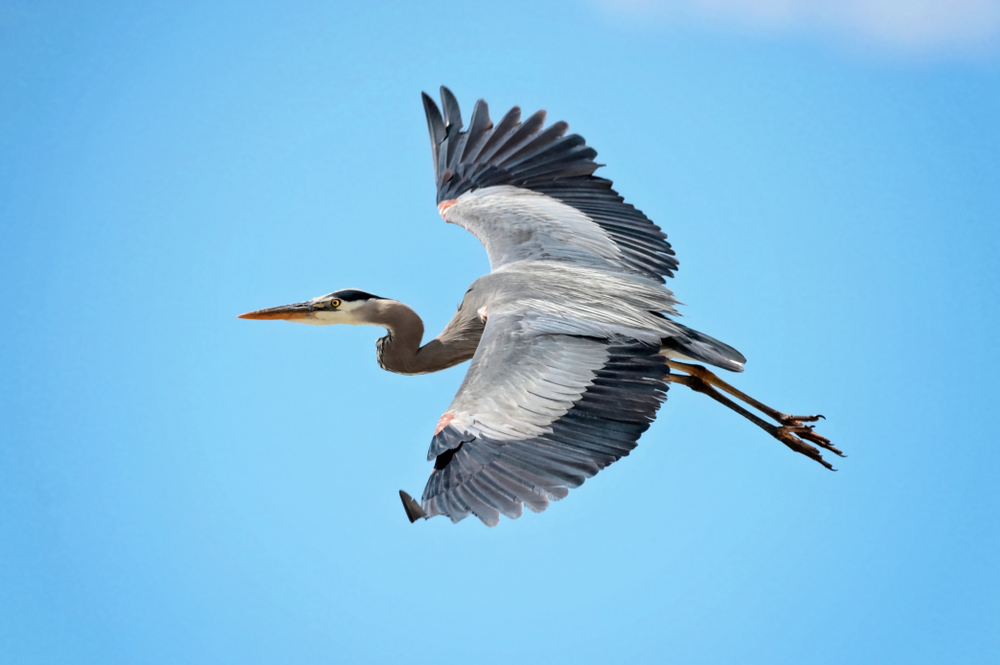
Consider the monarch butterfly. Unable to survive in freezing temperatures, they go as far as to skip late fall reproduction to save enough energy for their daunting voyage. These delicate insects carry themselves on paper-thin wings 100 miles per day until they reach the mountains of Mexico. They themselves will never see Maine again. It takes several generations beginning and ending during the return flight to eventually result in Maine receiving their distant progeny the following summer. Therefore, the monarchs that make the journey to Mexico do not have the opportunity to learn the route from those who came before them yet manage to traverse 3,000 miles of unfamiliar territory to the same mountains as their ancestors.
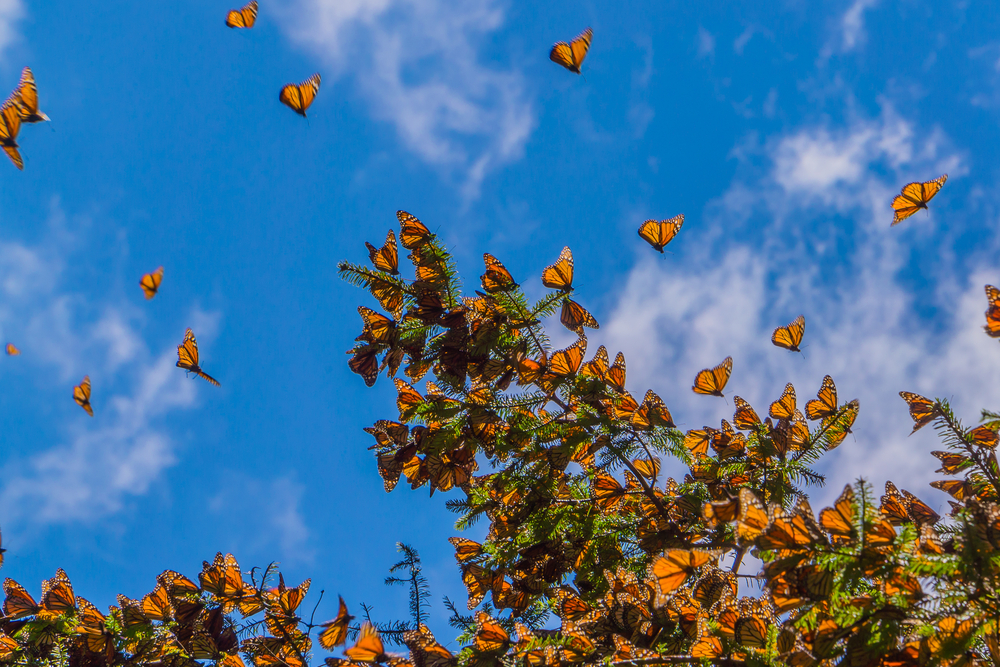
If you are a Maine resident, you have likely formed an unappealing familiarity with a time of the year we simply call “bug season” paired with an annually refreshed appreciation for screen porches. But for several long-distance avian migrants like tree swallows, eastern kingbirds, great-crested flycatchers, and common nighthawks, it’s bug buffet season! These aerial insectivores are heavily reliant on our abundance of flying insect prey during the breeding season, but once young are fledged and insects begin to “disappear,” these birds migrate all the way back to Central and South America where food is still plentiful.
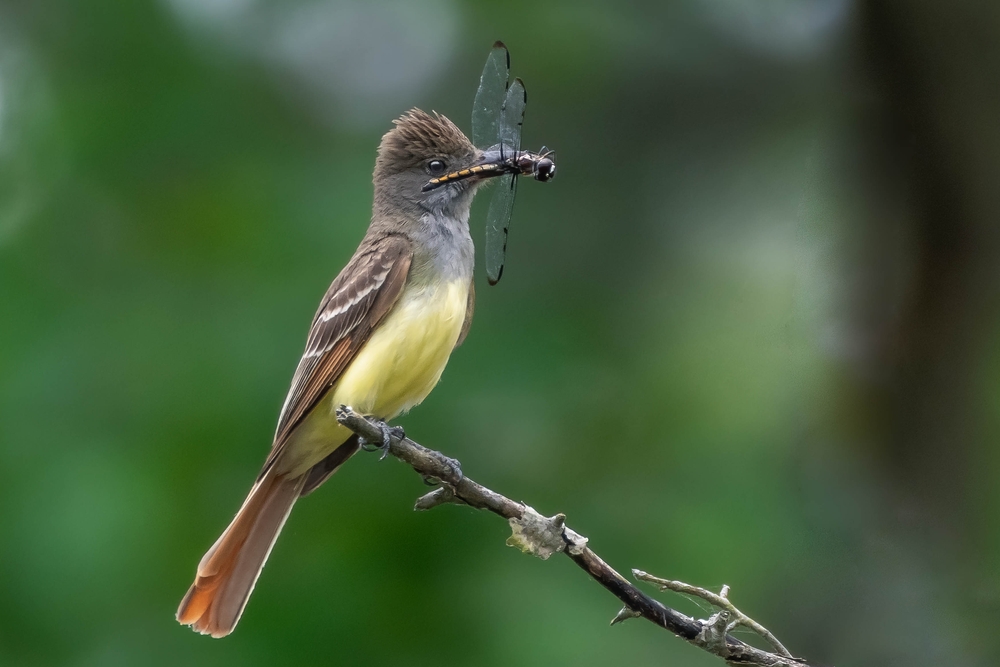
Of course, those insects didn’t really just disappear. They each have their own winter survival strategies. Some, like caddis flies and damsel flies spend the winter in their aquatic larval form, out of reach of the predators of the sky and not becoming winged adults until the following year. Wasps and hornets seek shelter in logs, fallen trees, and manmade structures, and hibernate through the winter. They, like many other species are not designed for incredible acts of athletic endurance, so going where resources are available is not an option. Instead, they must find ways to conserve energy and survive when nourishment is scarce. For some, winter dormancy is the answer.
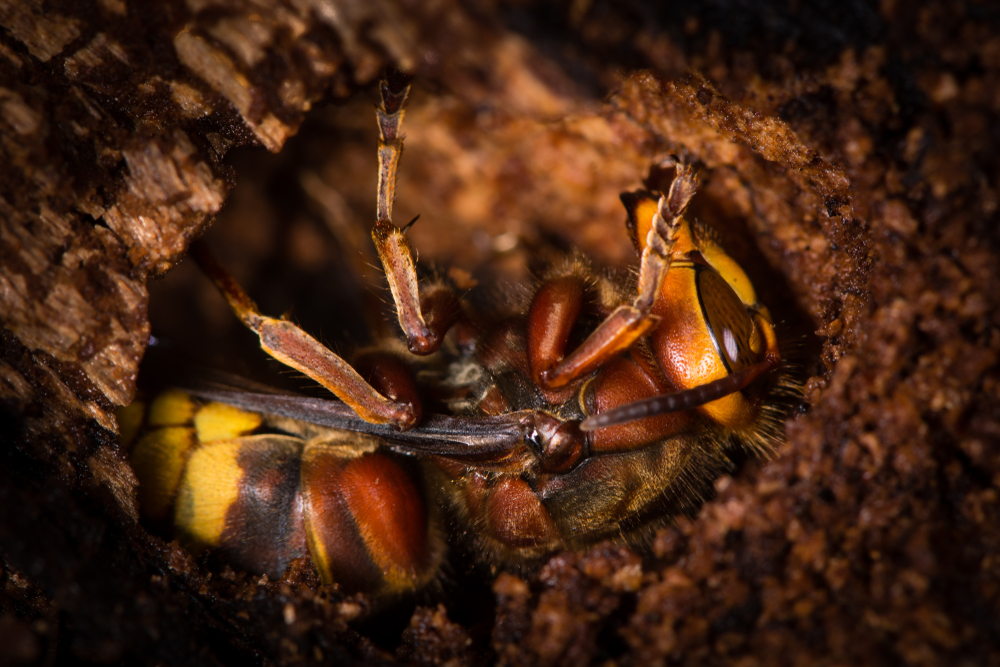
Winter Slumber
There are many types of dormancy, the most notable of which is hibernation. More complex than a deep sleep, hibernation pushes animals to their physiological limits. Significant drops in metabolism, heart rate, respiration, and body temperature during extended periods of inactivity are key elements of true hibernation.
Very few species are capable of true hibernation. Despite their reputation for catching zzz’s all winter, black bears do not make that list. They do enter a similar state of dormancy called torpor but have brief periods of limited activity in the winter if optimal weather conditions occur, and even give birth to young within their winter dens. Raccoons and skunks also go through similar periods of torpor.
Bats, woodchucks, and meadow jumping mice are Maine’s only true hibernating mammals. During five straight months of hibernation, a woodchuck’s body temperature drops by more than half, and their hearts beat just a few times per minute! The only way to survive this level of dormancy is with endless preparation. Woodchucks pack on the pounds while meadow jumping mice gain some grams, and little brown bats satisfy their autumn appetites eating 125% of their body weight in insects every day before retreating to winter hibernacula!
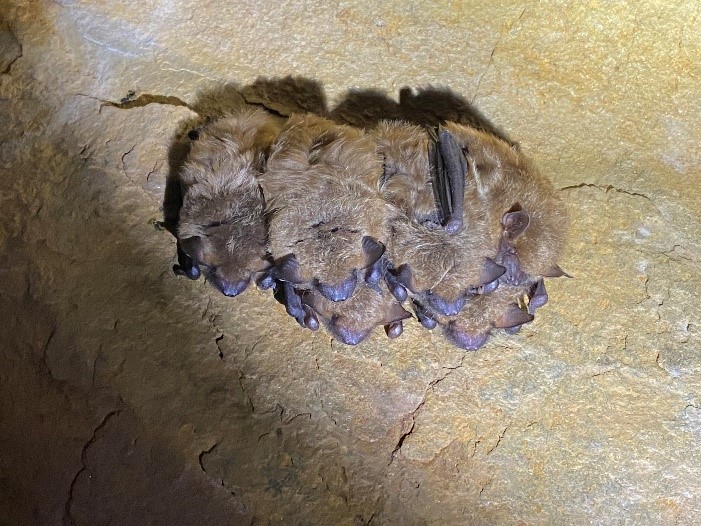
It’s easy to picture mammals snuggled in the dens, burrows, and hollow trees that shelter them from the elements, but when the snow falls, water freezes over, they aren’t the only ones to power down for several months. Reptiles and amphibians go through a process very similar to hibernation called brumation. During brumation they too experience a critical slow-down of physiological processes to help them conserve energy while tucked away in a sheltered location. DeKay’s brownsnakes often brumate in large aggregations underground, or in stone walls. Eastern musk turtles secretively brumate in mud beneath shallow water from late September all the way through April or even May. Many salamanders and frogs spend the winter out of view and out of the cold, buried in leaf litter and moss, or inside rotting logs and stumps.
Reptiles and amphibians are ectothermic (cold-blooded) meaning they rely on their surrounding environment to regulate their body temperature, a tall order in the dead of winter. Unable to create their own body heat, they have adapted to tolerate freezing temperatures. None has accomplished this more expertly than the wood frog. Wood frogs sometimes freeze solid as ice forms around the outside of cells and organ, but glucose, a natural antifreeze, protects their cells from freezing on the inside which allows them to safely thaw out in spring.
Home is Where the Heart Is
After considering the great lengths so many species go to and the many sacrifices they make to avoid the perils of winter temperatures and absence of resources, it makes those that stay here and stay active even more extraordinary. Despite the below-freezing temperatures and blankets of snow, there is no lack of wildlife throughout Maine in winter. If you look closely, there are signs everywhere of thriving, resilient, and adaptable creatures who have become icons of wilderness and persistence.
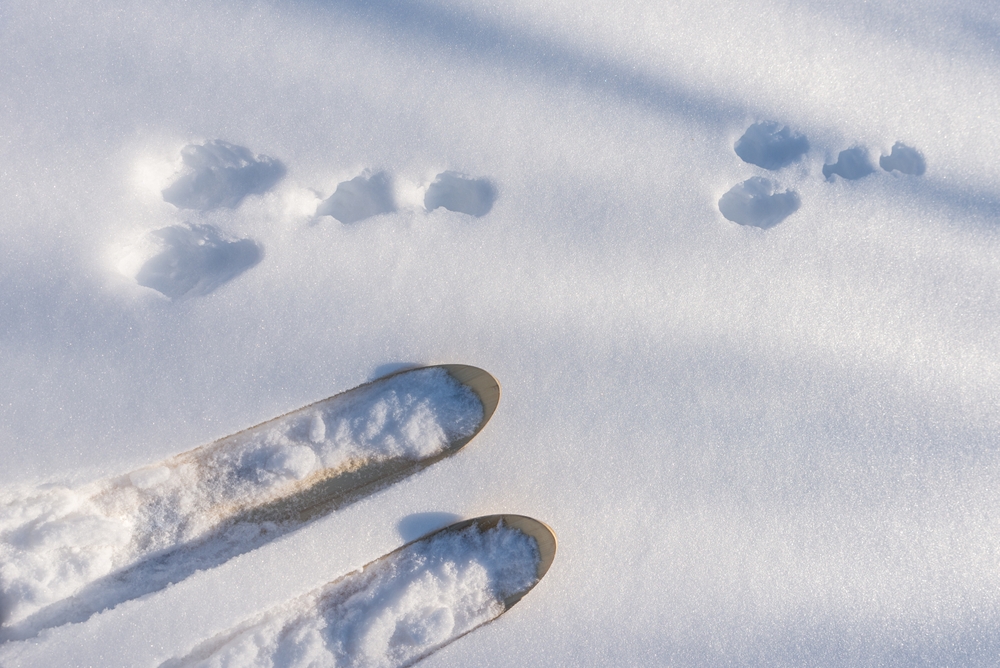
Maine’s active winter wildlife answer the challenges of winter with a diverse and fascinating array of adaptations and clever behavioral solutions.
Squirrels cache a supply of food before snowfall begins and beavers store meals of vegetation underwater before it becomes inaccessible due to ice. White-tailed deer move to wintering areas and adjust their diet, relying on woody browse and fat reserves.
Lynx and snowshoe hares have enormous feet to help them stay near the surface of deep snow and the infamously lanky legs of moose allow them to move through the deepest of drifts. Ruffed grouse make use of the snow, tunneling into it for shelter at night. Mice and voles also use tunnels through the snow for insulation as well as to avoid predator detection.
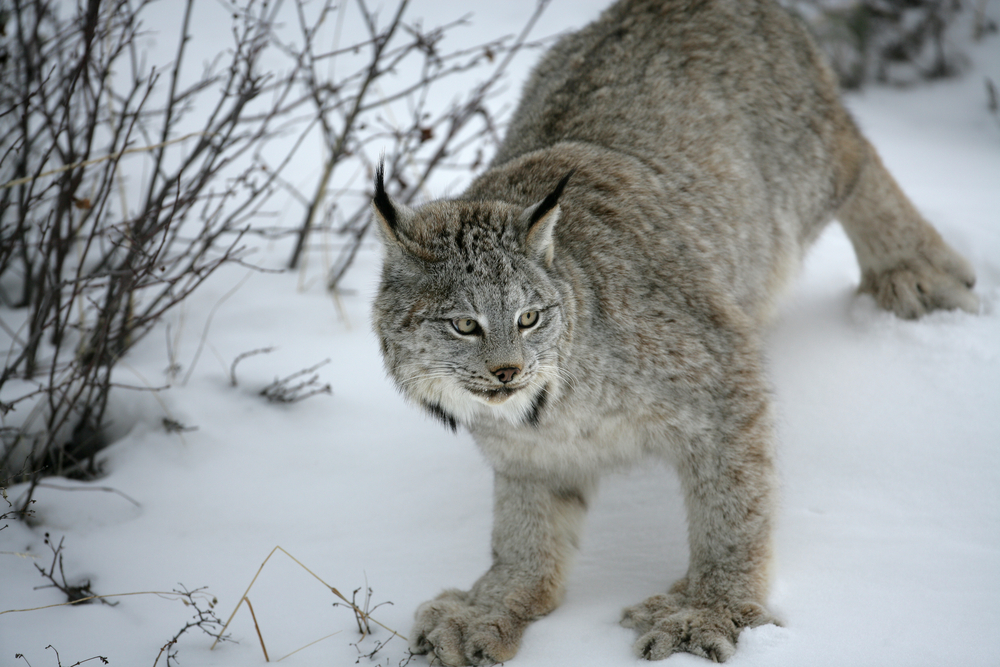
You might get cold just watching a muskrat or river otter gracefully move through icy water and across snow, but their thick waterproof coats keep them dry and warm. Small songbirds like black-capped chickadees and golden-crowned kinglets constantly shiver within their insulating feathers to keep their tiny bodies warm. Waterfowl too are nicely insulated by their feathers, but also use specialized circulation of blood in their uninsulated legs to maintain their core temperature.
Maine’s wildlife has what it takes to conquer mother nature’s toughest season. If you plan to spend your winter in Maine, be sure to set aside some time to appreciate the incredible wildlife around you. Put on your snowshoes to follow their tracks through their winter wonderland or watch from your window with your cup of hot cocoa in one hand and bird guide in the other. And to the snowbirds out there, safe travels. We’ll be glad to see you again in spring when the frogs are peeping, and the sparrows are singing.
